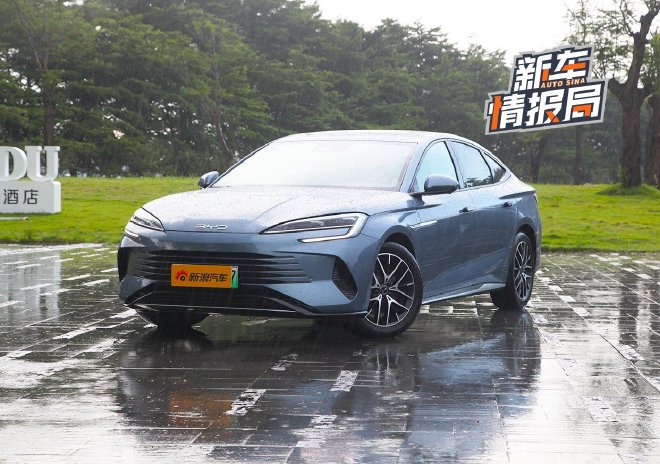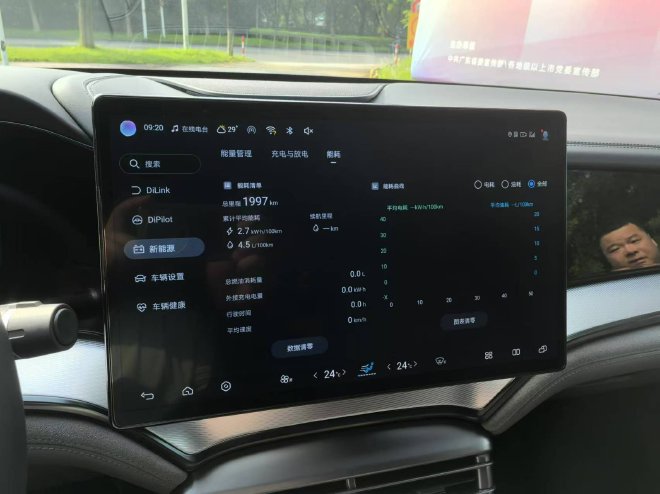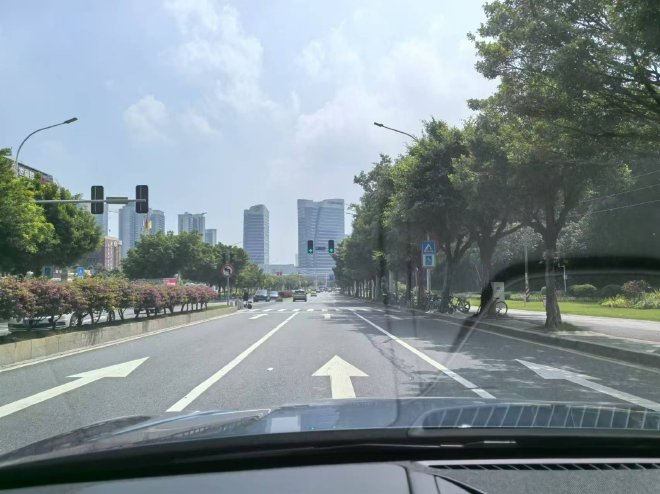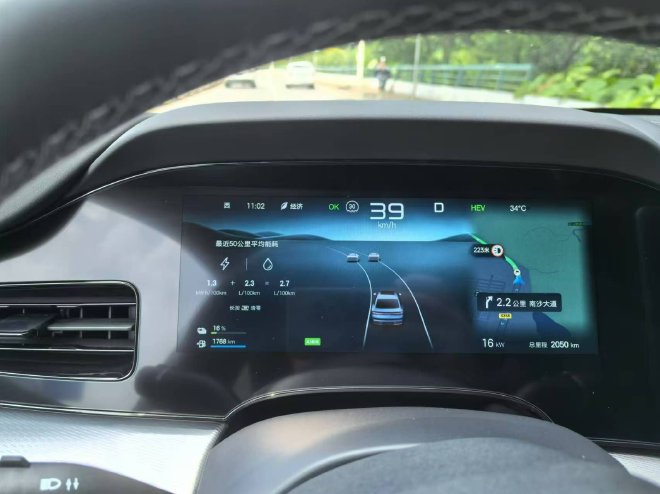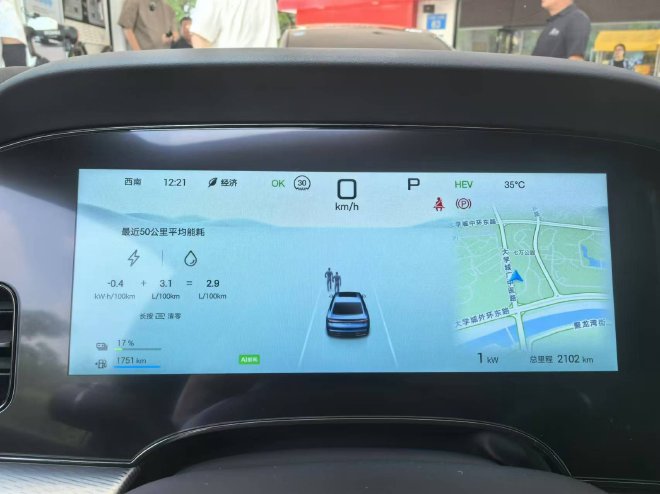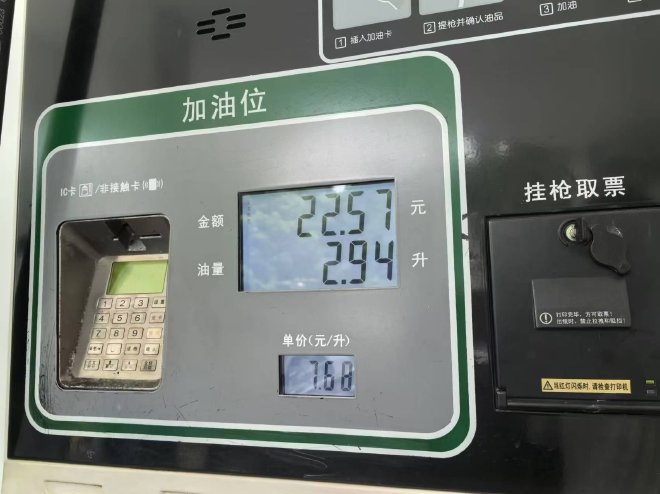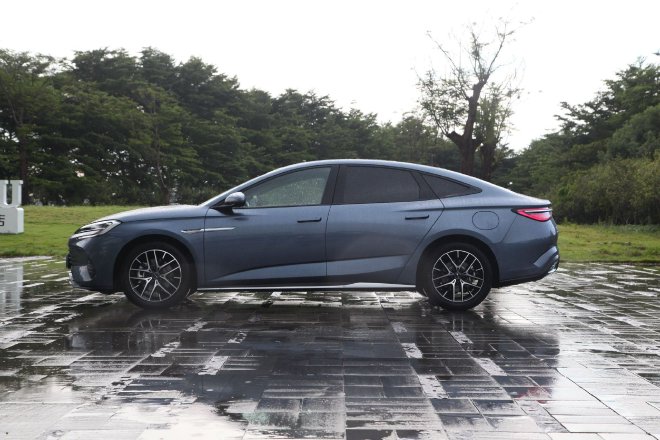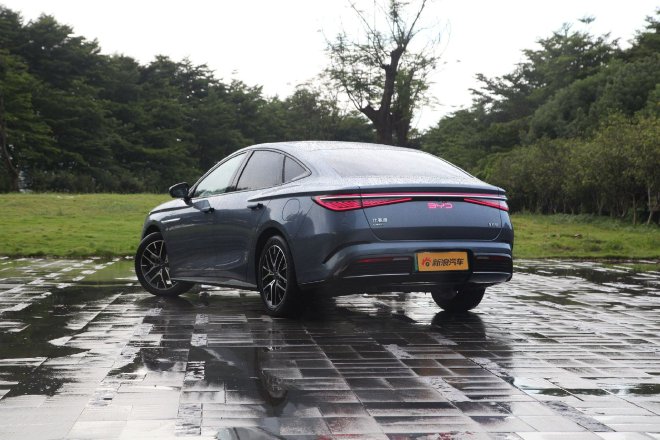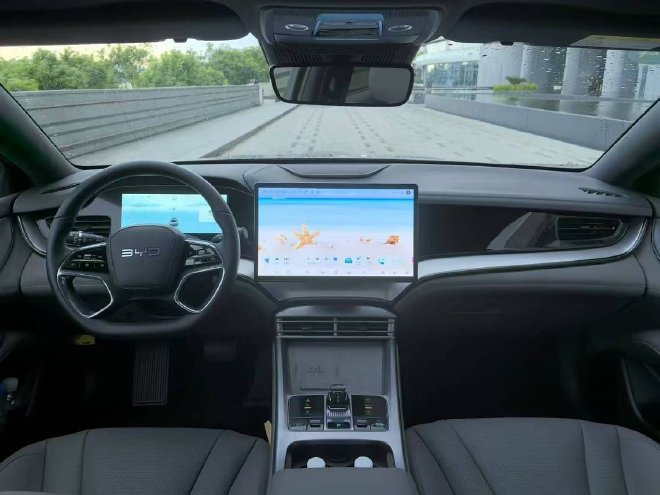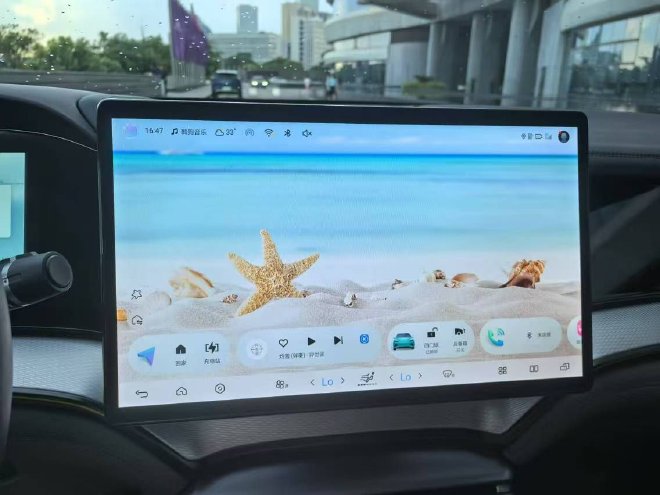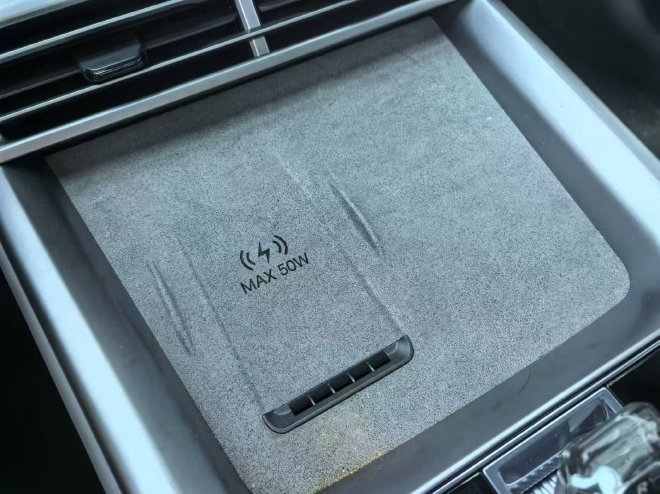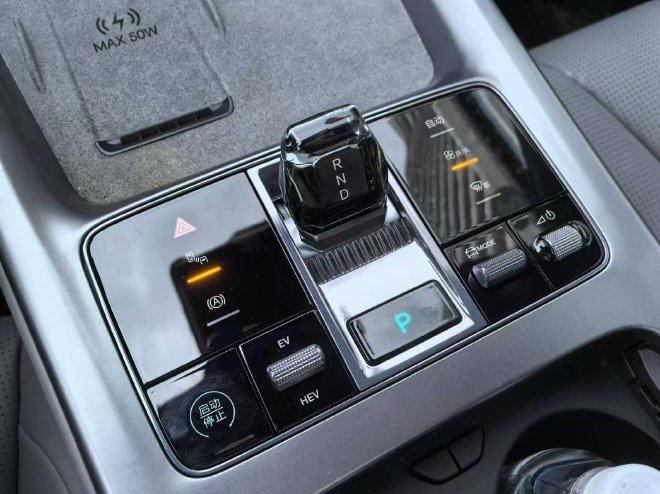In the domestic car market, people often mention BYD when discussing new energy vehicles. BYD takes pride in its DM technology. After years of research and practice, it has reached the fifth generation. How does this technology perform in real vehicles? Today, we will test the fuel consumption of the BYD Seal 07 DM-i in low battery conditions.
We tested the BYD Seal 07DM-i with fifth-generation DM technology. Before departure, we filled the fuel tank completely. The remaining battery charge was about 22%. We reset the trip meter. We set the vehicle to HEV mode with an economy driving style. We maximized energy recovery and used AI energy management. We kept the air conditioning at 24°C on the second fan setting. We drove for about 100 km to check the final fuel consumption.
We will test in Guangzhou. Today’s road conditions are complex. They include city roads, ring roads, highways, and national roads. This setup simulates our daily driving scenarios. It allows us to accurately test the vehicle’s fuel consumption when the battery is low.
The fifth-generation DM technology has improved in many areas. It shows significant advancements in fuel consumption. The BYD Seal 07 DM-i is the first mid-to-large sedan with this technology. Its performance will highlight the advantages of the fifth-generation DM technology.
The BYD Seal 07 DM-i will launch with two hybrid engines: 1.5L and 1.5T. This offers consumers more choices. During our test today, the engine frequently started. However, we felt little vibration or noise inside the car. Without close observation, we wouldn’t even notice the engine had started.
The HEV+AI energy management system allows the vehicle to switch modes based on navigation. For example, when the route requires a highway or ring road, the system activates the engine early to recharge the battery. In urban areas or congested roads, the system uses electric power for driving most of the time.
Besides charging the engine, kinetic energy recovery also charges the vehicle. This is especially useful at traffic lights or on short downhill roads. By using kinetic energy recovery wisely, the vehicle gains significant power.
The high-end model features the fifth-generation DM technology. It adds many comfort configurations. For example, the vehicle includes FSD variable damping shock absorbers. These effectively reduce road impact. They isolate more vibrations and bumps outside the car. This creates a better driving environment.
The high-end model adds W-HUD, heated steering wheel, and ventilated and heated rear seats. These features enhance the journey for both drivers and passengers. The new car includes standard L2-level DiPilot smart driving assistance. The high-end model also adds a lever for lane changing. This boosts practicality and tech appeal significantly.
Adaptive cruise control, lane keeping, lane departure warning, traffic sign recognition, intelligent high and low beams, front collision warning, and 11 airbags come standard. These features enhance convenience and safety in daily use. They make driving easier, especially at high speeds.
After testing all morning, we ran a total of 106 km. We returned to the starting gas station and refueled 2.92 L of gasoline. The final remaining battery level was 17%. According to the fuel consumption test formula, our consumption was 2.77 L per 100 km. This result is excellent. It is significantly lower than the official figure of 3.4 L, demonstrating the strong performance of the fifth-generation DM technology.
Let’s take a brief look at the changes in the appearance and interior of the upgraded BYD Seal 07 DM-i. The overall design remains consistent with the previous Seal models. It includes two exterior styles to better differentiate between the pure electric and hybrid versions.
The hybrid model features a front bumper with horizontal trim. The side air intakes have a sportier design. The C-shaped headlights do not use a continuous design. However, this style gives the car stronger recognition.
The new car measures 4980mm in length, 1890mm in width, and 1495mm in height. Its wheelbase is 2900mm, matching the Seal model. The design retains hidden door handles and privacy glass in the rear. The side lines appear elegant and smooth.
The new car will feature a new wheel design. The dual five-spoke design showcases its fashion and trendiness. It pairs with 225/50 R18 tires. These tires balance off-road capability and comfort. They also provide excellent noise reduction.
The design changes at the rear are minimal. The overall style resembles the current model. It features a continuous taillight group and a sporty rear bumper. The biggest change is the new illuminated logo. It integrates into the trunk. The technology feels advanced.
The BYD Seal 07DM-i features the same design style as the previous Seal. It showcases the iconic fish tail fin shape of the Ocean Network. The interior looks comfortable and stylish. The car offers various interior color options for consumers to choose from.
The four-spoke steering wheel feels excellent. The multifunction buttons still feature Chinese characters. The full LCD instrument panel maintains the Seal’s style. It shows no significant changes, but its practicality is enough. Additionally, the high-end model offers W-HUD, enhancing the car’s value.
The central control screen stands out. Its rotating design is fun and useful. The functions and UI design feel mature and familiar. We can easily find the features we need. The overall screen fluidity is extremely high.
The central corridor features a 50W fast charging panel for mobile phones. Below it, a dedicated ventilation slot cools the phones. Behind the charging panel, an electronic gear shifter and physical buttons sit. You can find commonly used functions here, like driving mode, drive mode, and defogging. Summary: The BYD Seal 07 DM-i has officially launched. The price ranges from 139,800 to 195,800 yuan (27590$). This car uses fifth-generation DM technology and offers two engine options for consumers. With low fuel consumption, full features, spacious interior, and high aesthetics, would you like this model?
